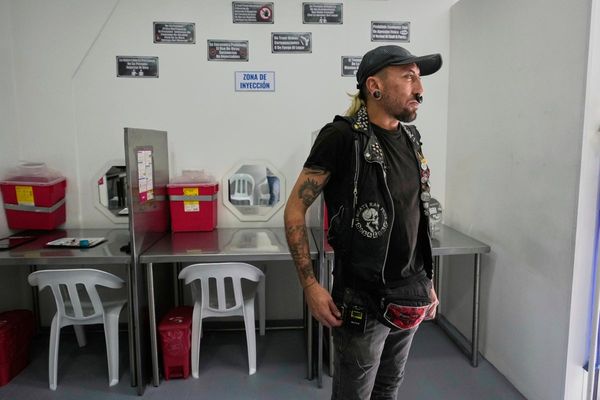
For the first time in six years a new condition has been added to the World Health Organization’s list of neglected tropical diseases.
Noma, a disfiguring disease that is fatal in 90% of cases without treatment, is the first disease to be added to the list since 2017 and joins 20 conditions that affect more than 1 billion people living in impoverished communities.
Noma shows first as a sore on the gums and rapidly destroys facial tissue and bone. It can be treated simply with antibiotics. The Nigerian government asked for noma to be added to the list and submitted a dossier of evidence to the WHO in January. Its request was backed by 31 countries, including Burkina Faso, Costa Rica and Spain.
Neglected tropical diseases are caused by a variety of pathogens and are judged “neglected” when they are highly stigmatised, attract limited resources and mostly affect remote populations.
Malnourished children aged between two and six and living in extreme poverty are most at risk of noma, which is also known as cancrum oris or gangrenous stomatitis. If they make it to a health facility and survive, they can be left with severe facial disfigurements.
Noma, often described as “the face of poverty”, is preventable. When a child has enough food and clean water, the disease is unable to thrive.
WHO’s recognition has been hailed as “a great achievement” by survivors, healthcare professionals and advocates, who have been campaigning for years.
Fidel Strub, who had the disease as a child in Burkina Faso, said the move could lead to more funding for research. There is no data on the global number of cases. Some estimates put it at 30,000-40,000 a year. The WHO estimated in 1998 there may be up to 140,000 cases a year.
“We may never know who will get noma, but knowing that we have saved many millions of children from this terrible disease will give me some kind of peace of mind,” said Strub, 32, co-founder of Elysium, a survivor-led organisation.
WHO director general, Dr Tedros Adhanom Ghebreyesus, said: “By classifying noma as a neglected tropical disease, we are shining a light on a condition that has afflicted marginalised communities for centuries. We are committed to working with affected countries and communities to address the drivers of noma, and alleviate the suffering it causes.”
Marianne Comparet, the director of the International Society for Neglected Tropical Diseases, said: “This immense step of recognition at the WHO will be a great boost to advocacy and hopefully also trigger a virtuous circle of more research and investment”.
She added: “Any marginal gain across any sector or intervention can have a massive impact for those who are affected by – or who survive – noma.”
While inclusion on the list will bring attention to noma, challenges lay ahead, said Adeniyi Semiyi Adetunji, a cosmetic surgeon at Noma Children hospital in Sokoto, northern Nigeria. He said an increase in the number of patients “may initially” overwhelm the health sector.
More surgeons were needed as surgery to correct the damage done by noma required multiple specialists, he said. “Funding to train specialists will be a problem,” Adetunji said.
But he added: “The beauty of it is if early detection is practised before the disease develops, it will help patients and health workers.”







